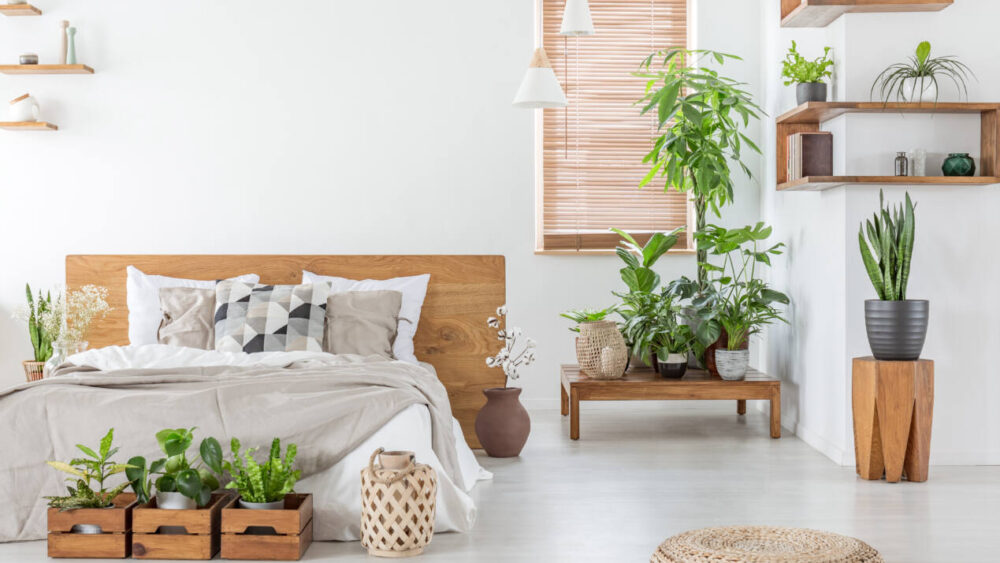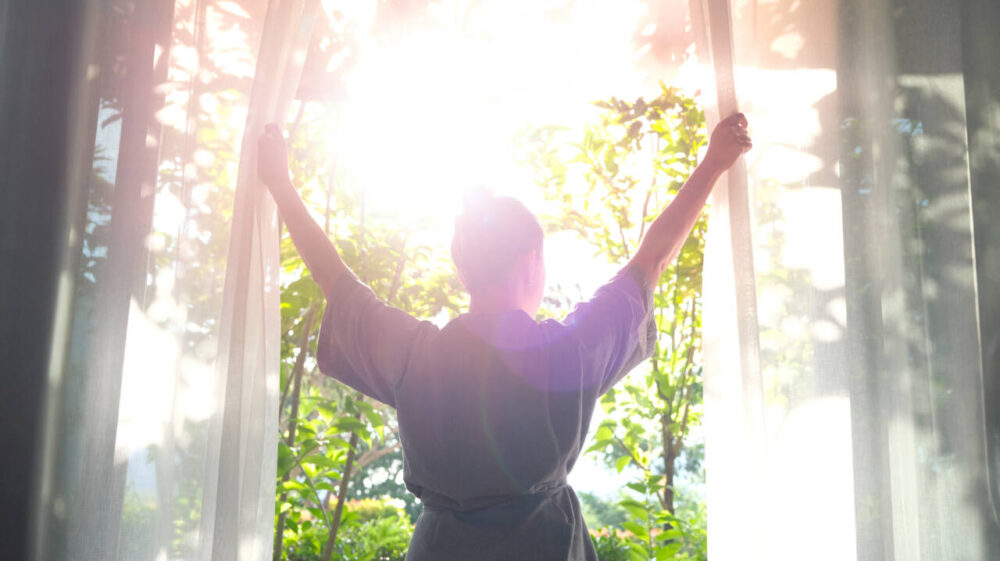7 Ways To Make Your Bedroom More Sleep-Friendly
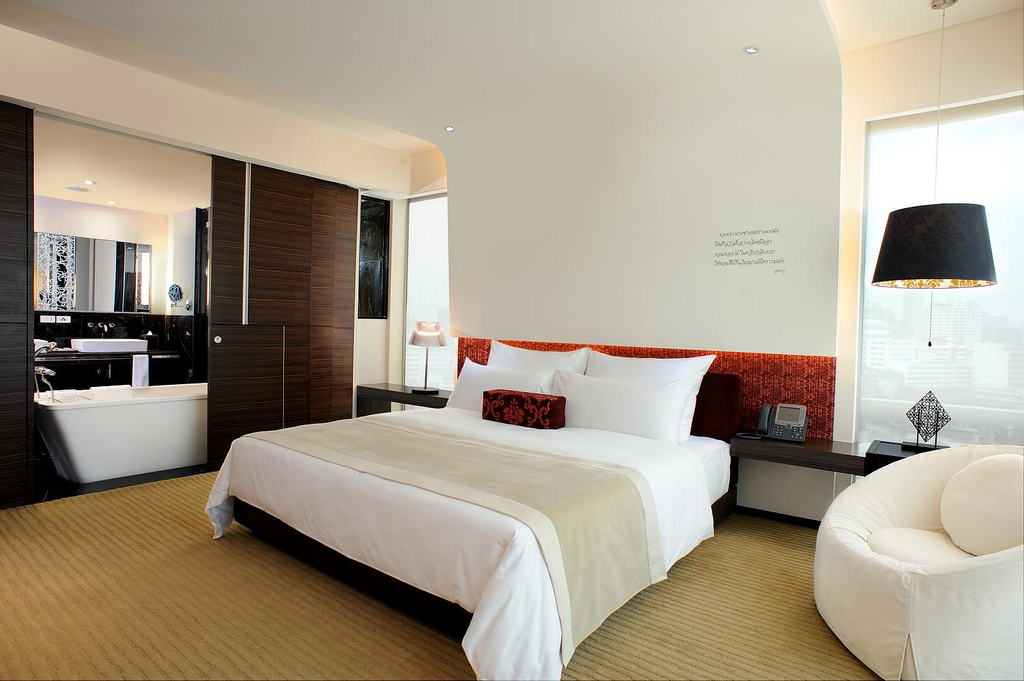
We all know the importance of getting a good night’s sleep, but sometimes it is much easier said than done. If you have problems falling asleep at night, you’re not alone. Roughly 60 million Americans have problems sleeping at night, according to NPR.
While many people likely suffer from stress or perhaps drank too much coffee, others likely don’t have the best environment for sleeping.
A number of factors can affect how well you sleep at night, but equally as important is making your bedroom a good place to fall asleep. If your environment isn’t relaxing and sleep-inducing, you’re going to find yourself tossing and turning night after night. If you have issues falling and staying asleep, try these seven ways to make your bedroom more sleep-friendly.
1. Get A Comfy Mattress
Nothing disrupts a good night’s sleep like a painful mattress. Sleeping on a more comfortable mattress can help lower your stress levels, improve your allergy symptoms, and make for a better night’s sleep, according to multiple studies.


2. Lower The Temperature
A mild-drop in body temperature can help induce sleep, so it’s important to cool down your room when it’s time to go to bed. Experts recommend lowering the room temperature to 68 degrees Fahrenheit for the best sleep.
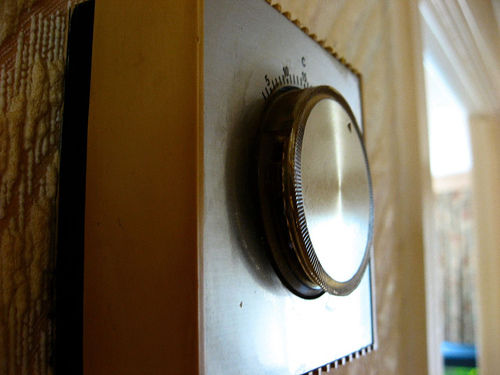

3. Use Aromatherapy
Part of a nice sleep environment involves utilizing relaxing scents. Certain aromas such as lavender, chamomile, and vanilla can help keep you calm and lull you off to sleep.
MORE: Can certain plants help you sleep better?


4. Shut The Curtains
Keeping total darkness in your room at night is important, as light can disrupt your body’s sleep cycles. Shut the curtains, remove any night lights, and try to enjoy total darkness.
When you want to wake up in the morning, open the blinds. The light will signify to your body that it’s time to wake up.
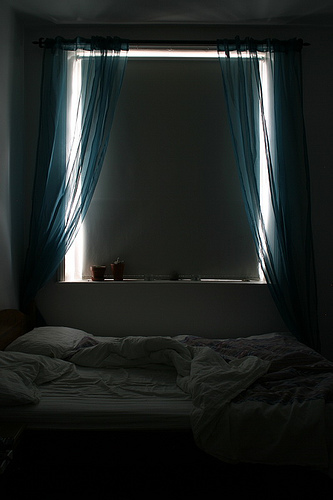

5. Turn Off Electronics
While you’re at it, turn off the electronics as well. It might sound nice to play on your phone or watch some Netflix before you drift off, but the blue light from technology can not only prevent you from falling asleep, but it can negative affect your quality of sleep and even have you waking up feeling less refreshed.
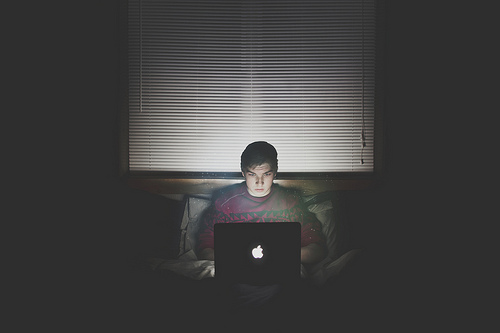

6. Paint Your Walls
The color of your room can play a role in your overall mood. Colors such as blue, purple and light pink can help calm your emotions and bring tranquility to your room, so make sure your walls are the right shade to help get you into bed with a relaxed disposition.
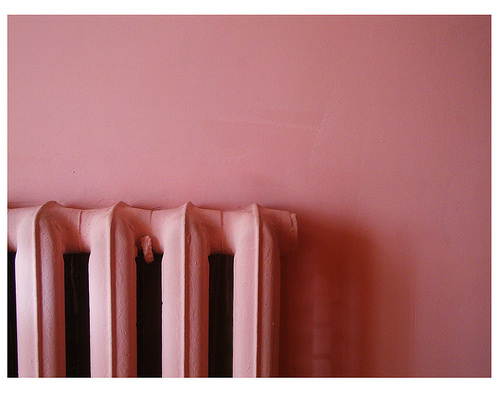

7. Get Rid Of Dust Bunnies
Maybe you keep your room neat, but if you aren’t cleaning all the nooks and crannies or washing your bedding frequently, you likely have some dust mites lying around, which can cause symptoms of allergies. You’ll be sure to rest easier if you’re not sniffling and coughing all night, so be sure to vacuum frequently and clean under the bed so you don’t have any unnecessary respiratory issues.
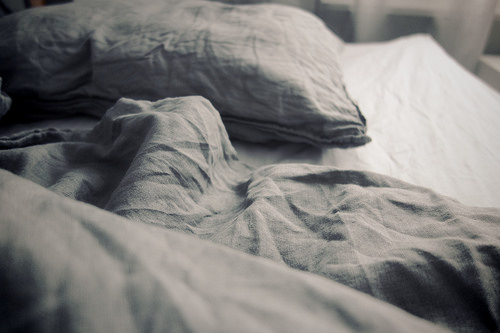

Photo by Matt_Weibo


